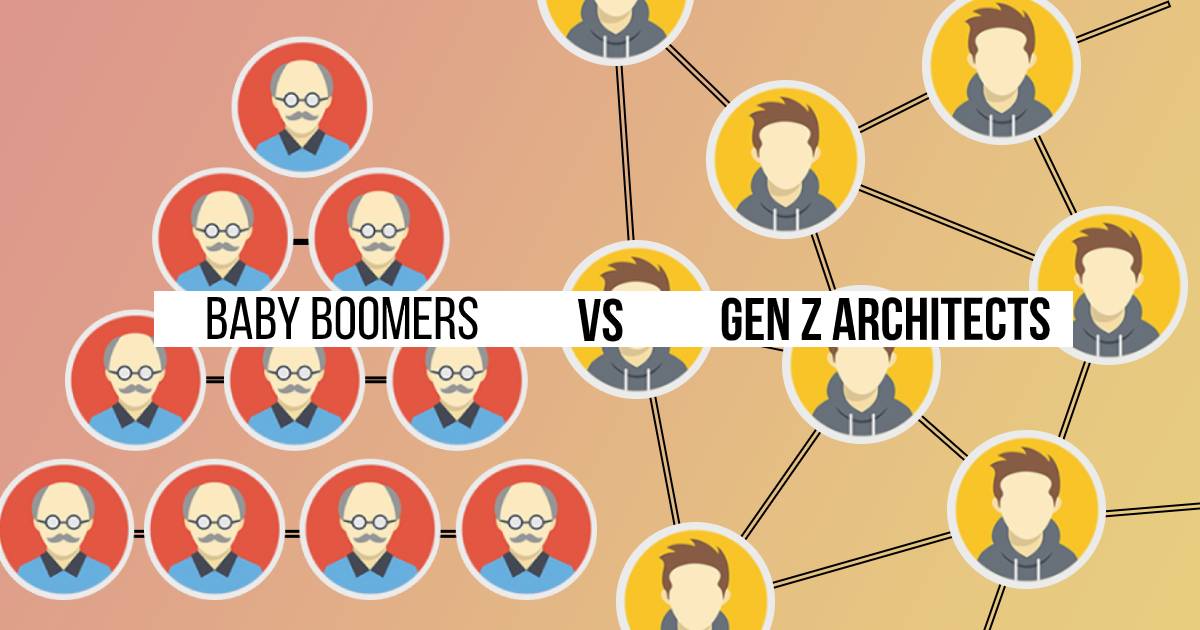
Terminology and etymology Douglas Coupland popularized the term Generation X in his 1991 novel Generation X: Tales for an Accelerated Culture. The cohort has also been credited as entrepreneurial and productive in the workplace more broadly. In midlife during the early 21st century, research describes them as active, happy, and achieving a work–life balance.
#Baby boom generation free
In much of the western world, a similar time period was defined by a dominance of conservatism and free market economics. Politically, in many Eastern Bloc countries, Generation X experienced the last days of communism and transition to capitalism as part of its youth. Video games both in amusement parlours and in devices in western homes were also a major part of juvenile entertainment for the first time. Film, both the birth of franchise mega-sequels and a proliferation of independent film (enabled in part by video) was also a notable cultural influence. Some of the many cultural influences on Gen X youth included a proliferation of musical genres with strong social-tribal identity such as punk, post-punk, and heavy metal, in addition to later forms developed by Gen Xers themselves (e.g., grunge, grindcore and related genres). This was a result of increasing divorce rates and increased maternal participation in the workforce prior to widespread availability of childcare options outside the home.Īs adolescents and young adults in the 1980s and 1990s, Xers were dubbed the " MTV Generation" (a reference to the music video channel), sometimes being characterized as slackers, cynical, and disaffected. Īs children in the 1970s and 1980s, a time of shifting societal values, Gen Xers were sometimes called the " latchkey generation," which stems from their returning as children to an empty home and needing to use the door key. Most members of Generation X are the children of the Silent Generation and early boomers Xers are also often the parents of millennials and Generation Z.

Census data, there are 65.2 million Gen Xers in the United States as of 2019. Researchers and popular media use the mid-to-late 1960s as starting birth years and the late 1970s to early 1980s as ending birth years, with the generation being generally defined as people born from 1965 to 1980. population by 2029, up from almost 14 percent in 2012.Generation X (often shortened to Gen X) is the demographic cohort following the baby boomers and preceding Millennials. This means that the elderly ages 65 and older will make up about 20 percent of the U.S. Projections of the entire older population (which includes the pre-baby-boom cohorts born before 1946) suggest that 71.4 million people will be age 65 or older in 2029. The aging of the baby boomers is creating a dramatic shift in the age composition of the U.S.
#Baby boom generation full
By 2031, when the youngest baby boomers reach age 67 (the age at which persons born in 1964 can receive full Social Security benefits), the baby-boom population is projected to be even lower, at 58.2 million. The Census Bureau currently projects that the baby-boom population will total 61.3 million in 2029, when the youngest boomers reach age 65. According to American Community Survey data, about 68 percent of baby boomers were still in the labor force (including Armed Forces) in 2012. The choices they make about whether to retire or continue to work will have profound implications for job openings and Social Security spending. These 76.4 million baby boomers represent close to one-quarter of the estimated 2012 U.S. But keep in mind that of the 76 million babies were born in the United States during the baby-boom years (1946 to 1964), only 65.2 million of those babies were still alive in 2012, and the baby-boom age group (ages 50 to 68 in 2014) stood at 76.4 million in 2012 with immigrants included in the count. So one can use the figure 76.4 million (or round it down to 76 million) to approximate the number of baby boomers living in the U.S. The flow of immigrants greatly increased after passage of the Immigration Act of 1965, just as the baby boom was ending. However, when immigrants are included (the number of people coming into the United States from other countries, minus those moving the other way), the number grows to an estimated 76.4 million because immigrants outweighed the number of baby-boomer deaths. There were actually a total of 76 million births in the United States from 1946 to 1964, the 19 years usually called the “baby boom.” Of the 76 million baby boomers born, nearly 11 million had died by 2012, leaving some 65.2 million survivors. Census Bureau show that there are 76.4 million baby boomers.

Adaptive Learning and Knowledge Management.

Family Planning, Maternal and Reproductive Health.


 0 kommentar(er)
0 kommentar(er)
